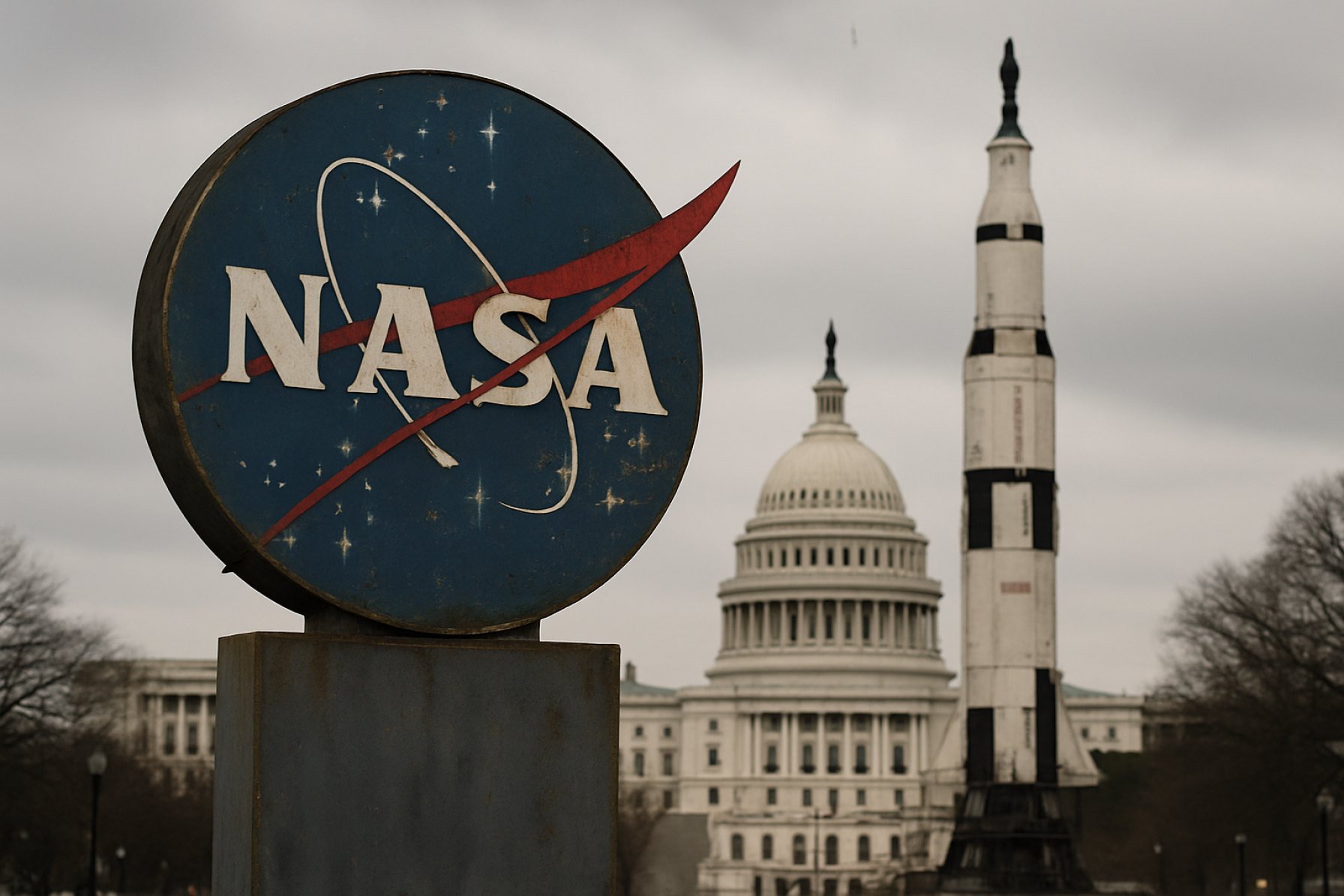NASA’s Historic Budget Slump: America’s Space Ambitions at Risk in 2025
NASA braces for its lowest funding since the 1970s as sweeping 2025 budget cuts threaten key missions and scientific advances.
- 2025 proposed NASA budget: $18.8 billion (down from $24.8 billion in 2024)
- Funding hit: Largest inflation-adjusted drop in over 40 years
- Main target: Cuts slashing scientific and research missions
America’s spirit of exploration hangs in the balance. NASA, the nation’s pioneering space agency, faces its most dramatic fiscal challenge in history as the White House’s preliminary 2025 budget plan proposes a multi-billion-dollar cut. With the final details now released, officials and scientists are left scrambling, fearing ripple effects that could cripple innovation, stall moon missions, and upend vital climate research.
Q: Why Is NASA’s Budget Plummeting in 2025?
The White House’s 2025 proposal slashes NASA’s funding by $6 billion, a drop to just $18.8 billion. This marks the lowest inflation-adjusted level since the late 1970s. Lawmakers cite budget constraints and shifting federal priorities—including increased domestic spending and defense demands—as reasons for the cuts.
Agencies like NASA, with expensive rocket launches and billion-dollar research projects, find themselves on the chopping block. The detailed May revision makes clear: NASA’s science divisions take the biggest hit, threatening everything from planetary missions to Earth-monitoring satellites.
Q: Which Programs and Missions Face the Axe?
Key scientific missions hang in jeopardy. Deep-space telescopes, planned Mars landers, and Earth observation satellites designed to monitor climate change now risk delays or outright cancellation.
NASA insiders describe tough conversations about pausing research grants, reducing astronaut training, and downsizing international partnerships. Unmanned missions studying asteroids and distant worlds could be paused for years.
If Congress adopts the proposed budget, the agency may be forced to shelve upcoming lunar landing attempts and scale back preparations for humanity’s return to the Moon—part of NASA’s Artemis Program.
How Will These Cuts Impact the Future of Space Exploration?
America’s global leadership in space could falter. With fewer resources, innovative projects from private firms collaborating with NASA (think SpaceX) may need to seek overseas allies. The risk: a new era where countries like China or India steal the limelight in lunar and Mars exploration.
Younger scientists worry these cuts could mean lost jobs, fewer research grants, and brain drain as top minds migrate to better-funded programs overseas.
What Can Supporters Do to Help Reverse the Cuts?
NASA’s future could hinge on public outcry and lobbying efforts. Advocacy groups urge space enthusiasts and science supporters to contact their local representatives and keep the issue in the spotlight through petitions and social media.
For those eager to stay informed or advocate, organizations like The Planetary Society and NASA itself provide the latest updates and ways to get involved.
Get Involved—America’s Space Future Needs You!
- Contact your lawmakers to advocate for strong funding
- Join science advocacy groups and back public awareness campaigns
- Share insights and updates on social media to fuel the conversation
- Stay up-to-date through organizations like The Planetary Society and NASA
Don’t let America’s space dreams fizzle—your voice counts. Help secure the future of exploration by engaging now!
